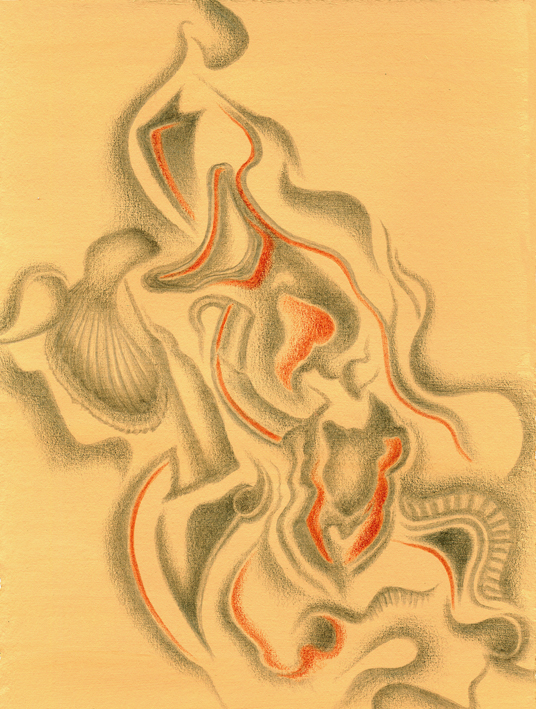As I return to my less art-oriented daily life after my artist residency at La Porte Peinte in Noyers sur Serein, Burgundy, I realise that the time I have spent there, this year and last year, has subtle results. Something I would almost define as a state of mind.
There has been a curious combination of magical, positive elements to achieve such a state. The set-up at La Porte Peinte, first of all, was felicitious in the extreme for me: I thoroughly enjoy being with Michelle and Oreste Binzak who own and run LPP. They are delicious citizens of the world and ensure that artists are made most welcome and comfortable. My room, which I also used as my studio for drawing, was perched high above the Place de l'Hôtel de Ville, the main square in the village, and provided a marvellous sight of what was going on and taking the pulse of the village. My view of timber-framed medieval houses around the square reminded me of those long-distant times during which monks were diligently using leadpoint to prepare their illuminated manuscripts in nearby abbeys whilst other agriculturalist monks were furthering the cultivation of vines and making wines already famous beyond Burgundy.
Read More






